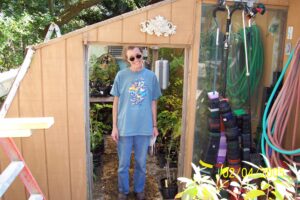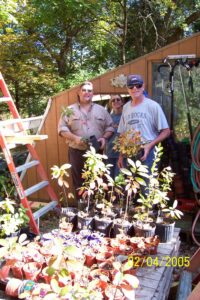One of the best purveyors of geothermal in the country and it is right next door in Fort Wayne.

Choosing a Residential WaterFurnace Comfort System Is Simply Smarter
WaterFurnace manufactures and sells more geothermal systems for homes than anyone else in the business. Why? Because we offer a wide variety of residential geothermal products. Our dealers and installers are the most highly trained in the industry. And we are wholeheartedly committed to customer support. All that makes us the first—and smartest—choice for a residential WaterFurnace system: the system that’s “Smarter from the Ground Up.”
Geothermal vs. Ground Water vs. Water Furnace
Geothermal energy has been used to heat and air condition buildings for several decades, and, during that time, these geothermal systems have been called many different things. Some of the more popular variations include geo-thermal, geoexchange, ground-water, ground-water assisted, ground-water-source, water-to-water, and even our company name, water furnace heating and cooling.
All of these terms, though, convey the same thought: use of geothermal heat pump technology to tap the energy in the earth’s surface and drive a heating and air conditioning system for both residential and commercial uses. The result is a green or natural heat pump that saves energy and benefits the environment.
For more information on geothermal technology, go to How it works.
| Geothermal Heat Pumps Cleanest, Safest, Most Reliable choice. |
|---|
| Savings Calculator Keep more of what you earn. |
|
|---|---|
| Literature Product Brochures & Technical Literature |
|---|
:}
More tomorrow
:}








 Logged
Logged


 The $1500 tax credit for energy efficient upgrades to homes is still available. Homeowners who make energy efficient updates to their home, including the installation of a painted or coated Energy Star® labeled metal roof before December 31, 2010, may be eligible for a
The $1500 tax credit for energy efficient upgrades to homes is still available. Homeowners who make energy efficient updates to their home, including the installation of a painted or coated Energy Star® labeled metal roof before December 31, 2010, may be eligible for a  For the past decade we have been telling homeowners and contractors about the many benefits of residential metal roofs. Now, we’re turning the tables, and asking you to tell us why you chose metal in our “Tell Us Your Metal Roofing Story” Facebook contest.
For the past decade we have been telling homeowners and contractors about the many benefits of residential metal roofs. Now, we’re turning the tables, and asking you to tell us why you chose metal in our “Tell Us Your Metal Roofing Story” Facebook contest.







